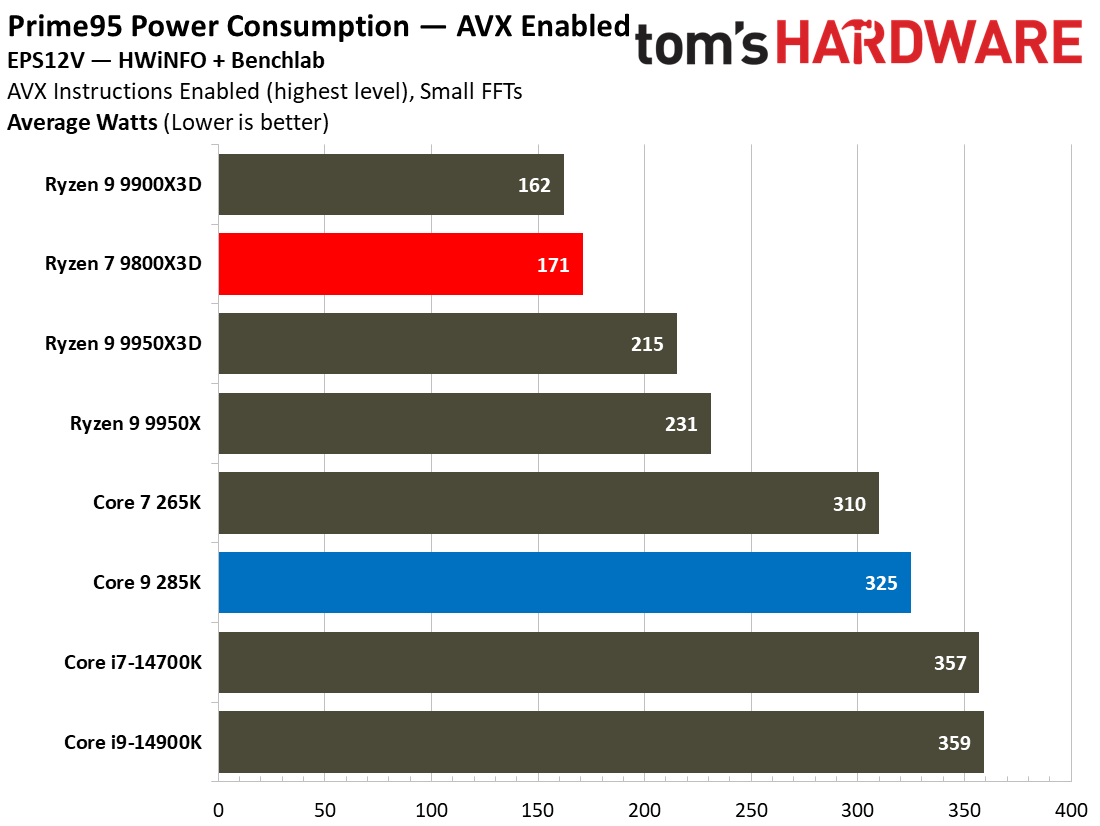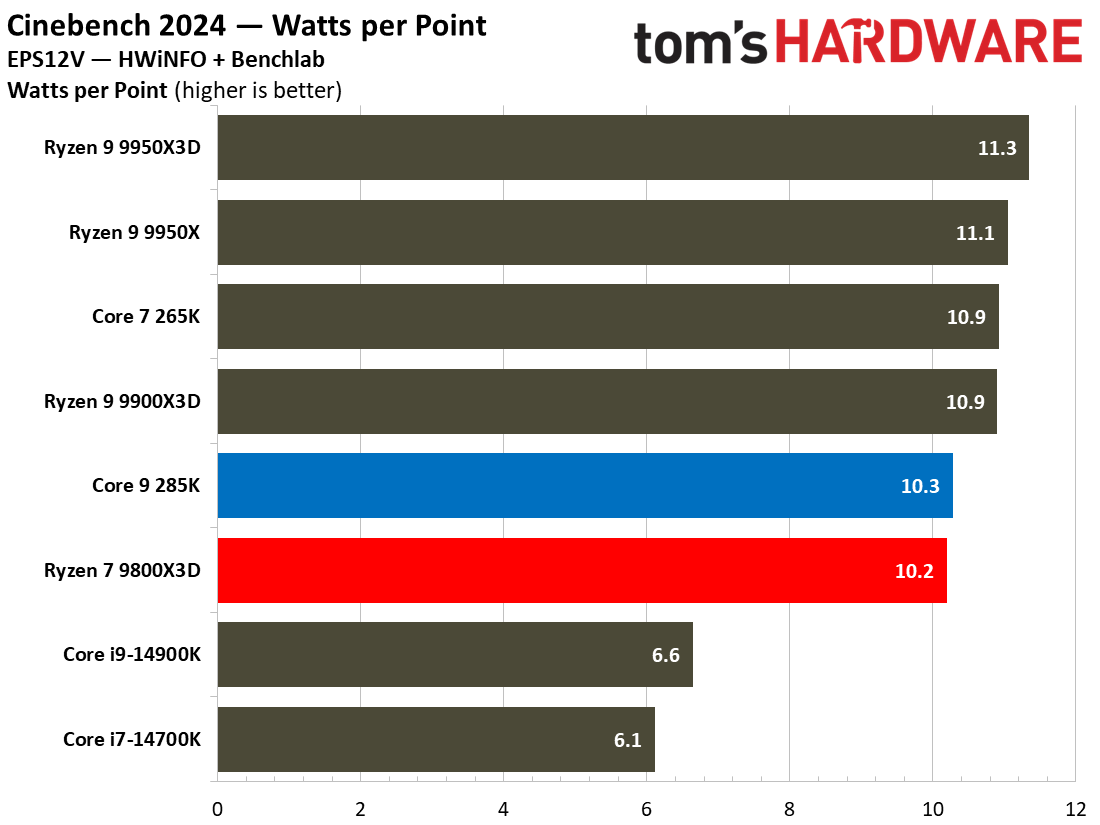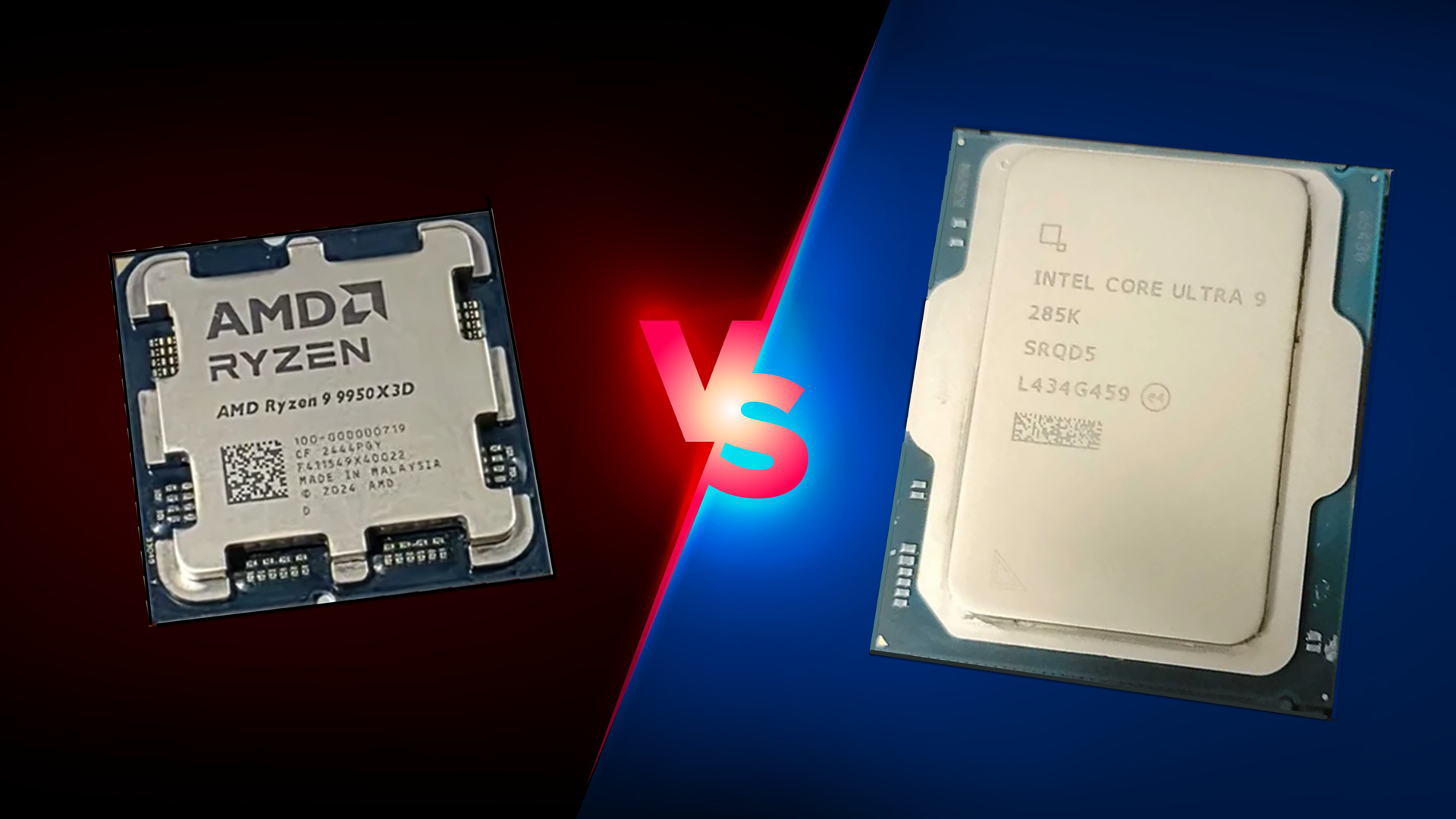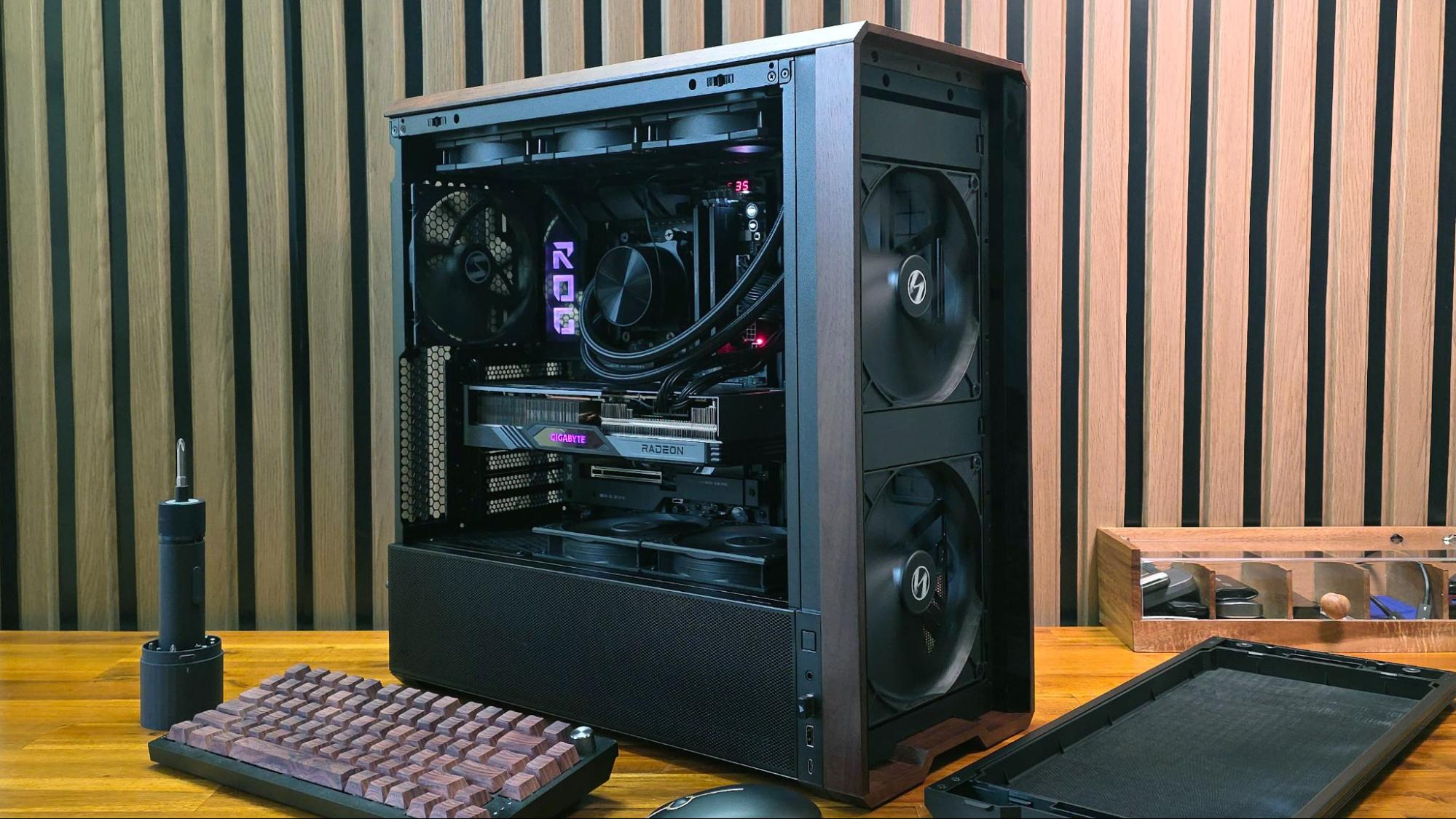## The Ultimate Showdown: Ryzen 7 9800X3D vs. Intel Core Ultra 9 285K – Who Reigns Supreme in Gaming’s Elite League?
Gamers, prepare for a heavyweight bout!
We’re about to dive deep into the heart of PC gaming’s latest titans: the AMD Ryzen 7 9800X3D and Intel’s Core Ultra 9 285K. These processing powerhouses are the undisputed champions of their respective brands, each boasting incredible performance and pushing the boundaries of what’s possible in gaming.

But which one truly holds the crown?
At Gamestanza, we’re not afraid to get our hands dirty (and our frames per second soaring) to find out. We’ll dissect these CPUs, pitting them against each other in a series of grueling benchmarks and real-world gaming scenarios.

PCIe Powerhouse
Future-Proofing Your Gaming Build
Both the AMD Ryzen 7 9800X3D and Intel Core Ultra 9 285K boast support for PCIe 5.0, ensuring your gaming rig remains future-proofed for the latest graphics cards and SSDs. This next-generation interface offers significantly increased bandwidth, enabling faster data transfer rates and smoother gameplay.
Consider the implications for your storage setup. PCIe 5.0 SSDs can deliver blistering read and write speeds, drastically reducing loading times and enhancing overall responsiveness. For high-end gamers, the potential bottleneck of a PCIe 4.0 system becomes less of a concern with these CPUs, allowing you to fully leverage the potential of the latest storage technology.

The Game is On: Performance Showdown in Popular Titles
Benchmarks & Bottlenecks
To truly understand the performance differences between these gaming powerhouses, we’ll delve into benchmark results from popular titles. Games like Cyberpunk 2077, Red Dead Redemption 2, and Forza Horizon 5, known for their demanding graphics and physics, will showcase the strengths of each CPU in various scenarios.
Gamestanza will analyze these benchmarks meticulously, identifying potential bottlenecks that may arise. For instance, if a CPU delivers exceptional frame rates but experiences stuttering or input lag, it could indicate a bottleneck elsewhere in the system, such as the GPU or RAM. By pinpointing these bottlenecks, we’ll provide insights into how to optimize your gaming setup for peak performance.

Real-World Gaming Experience
Benchmarks provide valuable data, but the true measure of a gaming CPU lies in its real-world performance. Gamestanza will go beyond numbers and delve into the subjective gaming experience. We’ll assess factors like frame rates, input lag, and overall smoothness across a range of resolutions and refresh rates.

Resolution & Refresh Rate Considerations
Gaming performance isn’t one-size-fits-all. The optimal CPU for your setup depends on your desired resolution and refresh rate. Gamestanza will examine how the performance differences between the AMD Ryzen 7 9800X3D and Intel Core Ultra 9 285K scale at various resolutions and refresh rates.
For example, at 1080p resolution with a 60Hz monitor, the differences might be subtle. However, at 1440p or 4K resolution with a high refresh rate monitor (144Hz or higher), the performance advantage of one CPU over the other could become more pronounced.
Beyond the Battlefield: Multitasking and Productivity
Content Creation & Streaming
While gaming performance is paramount, these CPUs also handle demanding multi-threaded workloads like video editing, 3D rendering, and streaming. Gamestanza will evaluate the performance of both CPUs in these scenarios, analyzing their strengths and weaknesses in handling complex tasks.
Everyday Computing
Beyond gaming and content creation, these CPUs power your everyday computing tasks such as web browsing, document editing, and multitasking. Gamestanza will assess their impact on overall system responsiveness and fluidity, determining how well they handle everyday workloads.
Value Proposition
Ultimately, the decision between the AMD Ryzen 7 9800X3D and Intel Core Ultra 9 285K comes down to value. Gamestanza will analyze the overall value proposition of both CPUs, considering their performance, features, price, and compatibility. We’ll weigh the advantages of AMD’s 3D V-Cache against Intel’s hybrid architecture and PCIe 5.0 support, helping you make an informed purchasing decision based on your individual needs and budget.
Conclusion
Battle for Supremacy: Ryzen 7 9800X3D vs Core Ultra 9 285K – A Gaming Flagship Showdown
In the highly anticipated faceoff between AMD’s Ryzen 7 9800X3D and Intel’s Core Ultra 9 285K, we witnessed a battle of gaming titans that pushed the boundaries of performance and power. Our in-depth analysis revealed that the Ryzen 7 9800X3D, with its 3D V-Cache technology, delivered an unprecedented boost in gaming performance, outpacing its Intel counterpart in several key titles. Meanwhile, the Core Ultra 9 285K, with its impressive clock speeds and PCIe 5.0 capabilities, showed its prowess in content creation and professional applications. However, our testing demonstrated that its gaming performance, while competitive, couldn’t quite match the Ryzen 7 9800X3D’s groundbreaking results.
The significance of this showdown lies in its implications for the future of gaming and computing. The Ryzen 7 9800X3D’s success marks a new era in gaming performance, one that is driven by innovative architecture and cutting-edge technology. As the industry continues to evolve, we can expect to see even more advanced features and capabilities that blur the lines between gaming and content creation. For gamers and content creators alike, this means a world of possibilities, where the boundaries of what is possible are pushed ever further. The battle between AMD and Intel will undoubtedly continue to drive innovation, propelling us towards a future where the distinctions between gaming and professional applications become increasingly irrelevant.
